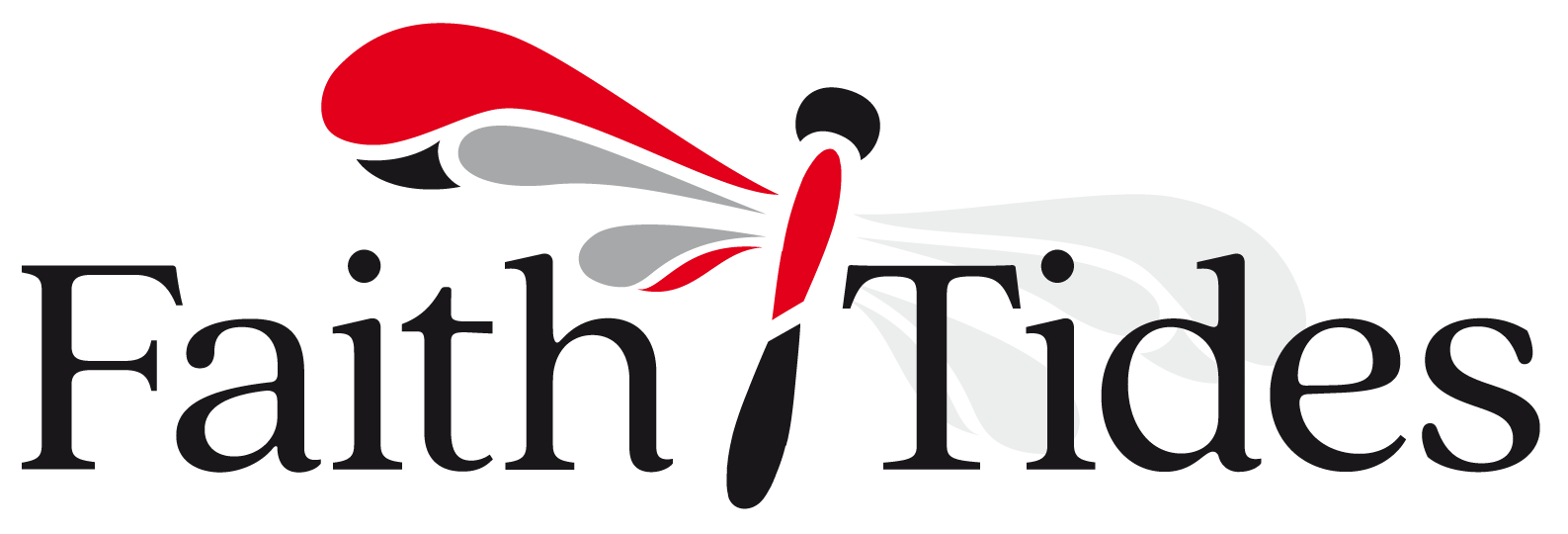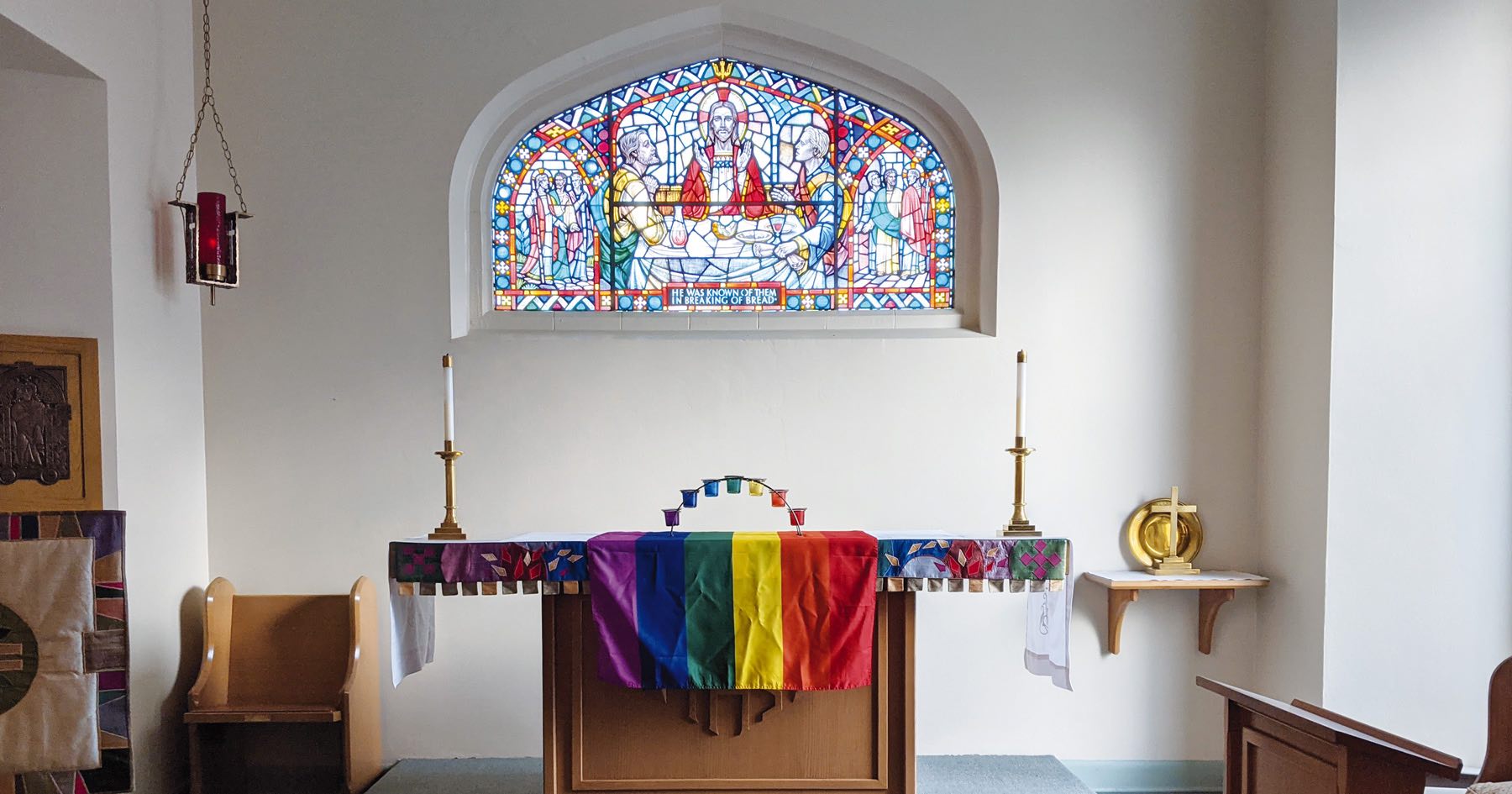Karen Coverett is assistant warden at St. John the Divine, Victoria, and first attended worship at the church during Pride Week 2016. I spoke to Karen about Pride, inclusivity in the Church and Zoom tech support.
In 2016, Karen Coverett and her friend decided to go on a “church quest.” Karen’s friend was facing pressure from her church to keep her sexual orientation secret. Karen had grown up in the Baptist church tradition and worked as a youth pastor, but she had left the Baptist church and her job a decade earlier. It was after leaving the church that Karen realised she was queer, and not, as the church had led her to feel, “broken.” Going back to a church didn’t seem like an option, but when Karen heard her friend deliberating about coming out, Karen decided to help her friend find a more accepting church. “Church quest” was born.
Shortly after this conversation, Karen was searching for Pride events in Victoria when she came across a Pride Church event at St. John the Divine with Patrick Sibley. Karen attended the event and heard Patrick, a married gay man, talking about why he decided to remain a part of the church and be ordained as a deacon. Karen had heard of St. John the Divine before, particularly in connection with its work on social justice, but the Pride Church event made her realize that St. John might be doing more than simply “talking the talk.”
Karen and her friend decided to check out St. John the Divine as part of their church quest and attended Pride Evensong. Karen was “blown away.” She thought, “Wow, they really mean it.” Despite the deep sense of connection that Karen felt at the Evensong service, she still talked about their church quest as though it was purely for her friend’s benefit. But a few months later, on Christmas Eve, Karen found herself longing to go to a Christmas Eve service. It was 9 p.m. so she didn’t think there was much chance of finding a service to go to, but as it happened, St. John the Divine had a service that night at 11 p.m.
Karen attended the Christmas Eve service, where Patrick preached, and she knew then that she had found her home. Karen still felt unsure about the whole “church thing,” but she just kept going back. In 2018, she was confirmed in the Anglican Church, which felt like an important step in affirming that this was her home. She’s now in her third year as associate warden at St. John the Divine and, since the pandemic, she’s also taken on the role of tech person.
When I spoke with Karen, I remarked that it seemed as though realizing she was queer had deepened her faith. She agreed. “Evangelical churches tend to emphasize the spirit over the flesh, ‘the spirit is willing, but the flesh is weak,’ but it was only by listening to my body, listening to my whole self, that I was able to understand myself.”
“St. John’s is living out its commitment to celebrate all sexualities and gender identities, to truly celebrate and not just pay lip service.” For Karen, this inclusiveness begins with being honest about who you are welcoming in, not just tolerating someone’s “choice.” Karen admits that church buildings can seem intimidating, and St. John the Divine, with its gothic architecture and forbidding wooden doors, is no exception. On the other hand, she thinks churches don’t necessarily need to be contemporary to be inclusive or welcoming. For Karen, the pipe organs and traditional hymns at St. John the Divine are an important part of the worship service.
Early on in the pandemic, Karen volunteered to help set up virtual worship services. These Zoom gatherings have seen new people joining the church, while those who could no longer physically attend a church were able to worship with others again. As churches start in-person services again, Karen hopes the virtual aspect of worship will continue. “St. John’s is meeting people wherever they are at. We need to meet people not only for who they are, but also where they are in their journey.” That may mean being open to people’s questions, or it may mean offering worship online. Either way, Karen is excited to see new faces, and any lingering doubts about the purpose of “church quest” seem to have long since vanished.




